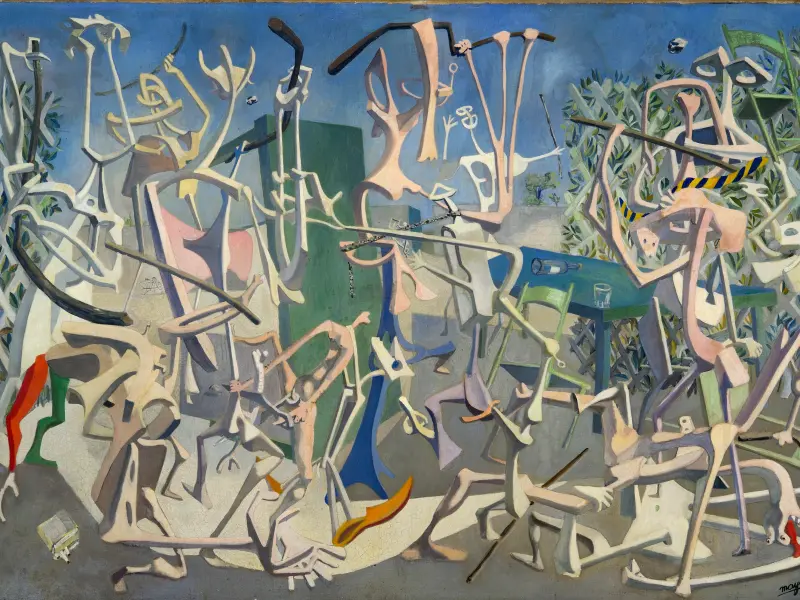
Robert Draws – Surrealism in painting has captivated audiences with its dreamlike and often bizarre imagery. This art movement emerged in the early 20th century and sought to express the unconscious mind, blending reality with fantastical elements. Surrealist artists used painting to explore the unknown and push the boundaries of what tradition considered art. Surrealism aimed to depict dreams, irrational thoughts, and unexpected juxtapositions. The movement’s impact on painting has been immense, leaving a lasting legacy in the world of visual art.
Surrealism originated in the 1920s, drawing inspiration from Sigmund Freud’s ideas and the Dada movement. Artists embraced Freud’s theories about the unconscious mind, particularly his exploration of dreams. They aimed to unlock hidden aspects of the human psyche by embracing irrationality and spontaneity. Surrealist painters rejected traditional artistic standards and welcomed the chaotic and unknown, allowing them to create artworks that challenged conventional perceptions of reality.
The poet André Breton officially founded the movement and wrote the “Surrealist Manifesto” in 1924. This manifesto outlined surrealism’s goals and encouraged artists to engage with the unconscious through their creative practices. Breton’s influence shaped surrealism as both a philosophy and an artistic movement. Pioneers like Salvador Dalí, René Magritte, and Max Ernst brought their unique visions to surrealist painting.
“Read about: The Intersection of Personality and Art: How an Artist’s Life Shapes Their Work”
Surrealist painters create dreamlike paintings by placing familiar objects in unfamiliar or strange settings. These works often combine unexpected elements, creating a sense of disorientation and wonder. Surrealism encourages viewers to question reality and interpret the world in a new way. Some key features of surrealist art include:
Several artists played crucial roles in shaping the surrealist movement. Each brought their own unique perspective and style to surrealism.
Surrealism has had a profound influence on modern art. Its focus on the unconscious mind and the irrational helped pave the way for later movements, such as abstract expressionism and pop art. Surrealism also had a lasting impact on other art forms, including literature, film, and theater. Contemporary artists continue to explore themes of dreams, subconscious thoughts, and the surreal, showing surrealism’s ongoing influence.
In addition to its artistic impact, surrealism also contributed to the development of art theory. The movement’s emphasis on the unconscious mind and the role of chance in the creative process has inspired countless artists to approach their work in new and innovative ways.
While surrealism as a formal movement began to decline in the mid-20th century, its influence persists in contemporary art. Many modern artists still draw inspiration from surrealist techniques and ideas. Some contemporary artists use surrealism to explore issues such as identity, politics, and technology. The dreamlike quality of surrealism continues to captivate audiences, and its ability to evoke strong emotions remains one of its most powerful features.
Surrealism has also found a home in digital art, where artists use technology to create otherworldly landscapes and bizarre characters. The use of virtual reality and augmented reality has expanded the possibilities of surrealist expression, allowing for fully immersive dreamscapes that challenge the boundaries of perception.
Surrealism in painting remains one of the most captivating and influential art movements in history. Its dreamlike imagery, exploration of the unconscious mind, and challenge to traditional artistic norms continue to inspire both artists and viewers alike. Through the works of iconic surrealist painters, the movement has left a lasting mark on the world of art, shaping the way we perceive reality and our inner worlds.